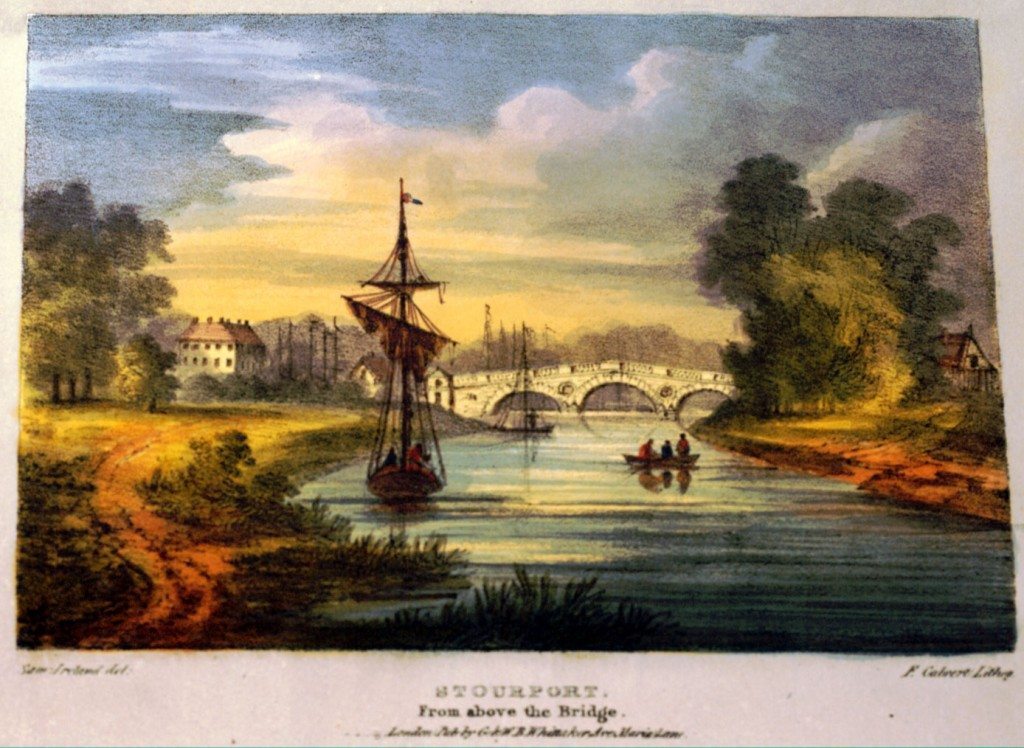Stourport
Image: Stourport, Worcestershire, from above the Bridge. Stourport was a creation of the Industrial Revolution. The opening of the Staffordshire and Worcestershire Canal in 1771 led to the growth of a new town where the canal met the Severn.
“A little below Lickhill, on a sudden turn of the Severn, the bridge and town of Stourport break most pleasingly on the view. On the left, approaching the bridge, are some vinegar works, a foundry, and a spinning manufactory.
The flourishing town of Stourport affords a striking instance of the advantages which result from commercial industry, when judiciously exercised. Scarcely more than fifty years ago, the site which it occupies was a sandy barren, unprofitable heath, with only a few lonely cottages, exhibiting a picture of devastation and poverty.
At this time Stourport contains from three to four hundred houses, with numerous wharfs and warehouses. The streets are good; some of the dwellings may be termed elegant; and most of them are respectable, neat, and commodious. The town resembles a sea-port in the heart of the kingdom.
The commercial creation of Stourport…is attributable to the Trent and Severn, or Staffordshire and Worcestershire canal, the basin of which…forms a dépôt of communication between the central and western parts of the kingdom. This canal, one of the earliest works of the celebrated Brindley, was commenced about the year 1768, and finished in 1771, at an expense of £105,000….It is truly astonishing to observe the quantities of coal, iron, grain, flour, hops, apples, china ware, and other goods which are daily and hourly in transit by this communication.”
Harral, vol. 2 p1-4
« Previous in this sectionNext in this section »Continue browsing this section
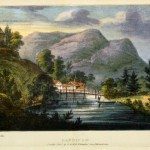 A Journey down the Severn from Thomas Harral’s Picturesque Views of the River (1824)
A Journey down the Severn from Thomas Harral’s Picturesque Views of the River (1824)
 Introduction: the Severn Waterway
Introduction: the Severn Waterway
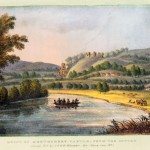 Poetry and Visions of the River Severn
Poetry and Visions of the River Severn
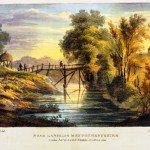 The Severn and its Origins in Wales
The Severn and its Origins in Wales
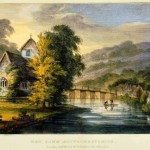 Newtown to Montgomery
Newtown to Montgomery
 Powis Castle to Welshpool
Powis Castle to Welshpool
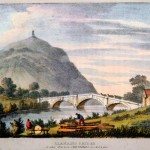 Welshpool to Shrewsbury
Welshpool to Shrewsbury
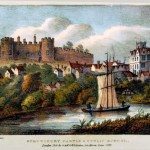 Shrewsbury
Shrewsbury
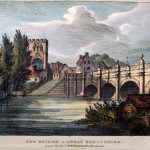 The English Bridge, Shrewsbury
The English Bridge, Shrewsbury
 The Welsh Bridge, Shrewsbury
The Welsh Bridge, Shrewsbury
 Atcham Bridge, Shropshire
Atcham Bridge, Shropshire
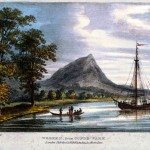 The Wrekin
The Wrekin
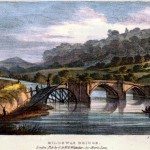 Buildwas Bridge and the Severn Earthquake of 1773
Buildwas Bridge and the Severn Earthquake of 1773
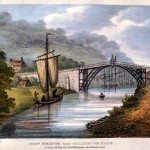 Coalbrookdale and the Ironbridge
Coalbrookdale and the Ironbridge
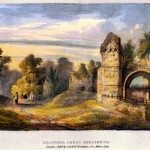 Madeley, Broseley and Lilleshall
Madeley, Broseley and Lilleshall
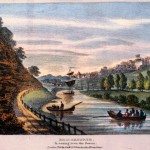 Bridgnorth
Bridgnorth
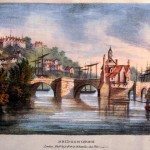 Bridgnorth’s Economy
Bridgnorth’s Economy
 Bridgnorth Castle
Bridgnorth Castle
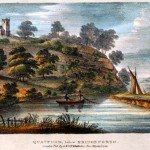 Quatford and the nearby Landscape
Quatford and the nearby Landscape
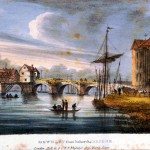 Bewdley
Bewdley
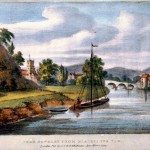 The Wyre Forest
The Wyre Forest
 Stourport
Stourport
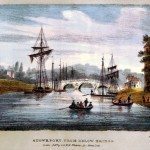 Stourport Bridge
Stourport Bridge
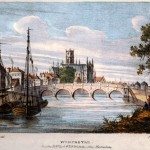 Worcester
Worcester
 Worcester to Upton-on-Severn
Worcester to Upton-on-Severn
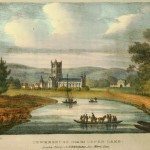 Tewkesbury
Tewkesbury
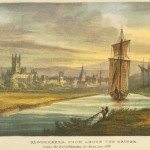 Gloucester
Gloucester
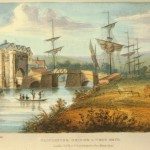 Gloucester’s Economy and the Severn Trade
Gloucester’s Economy and the Severn Trade



